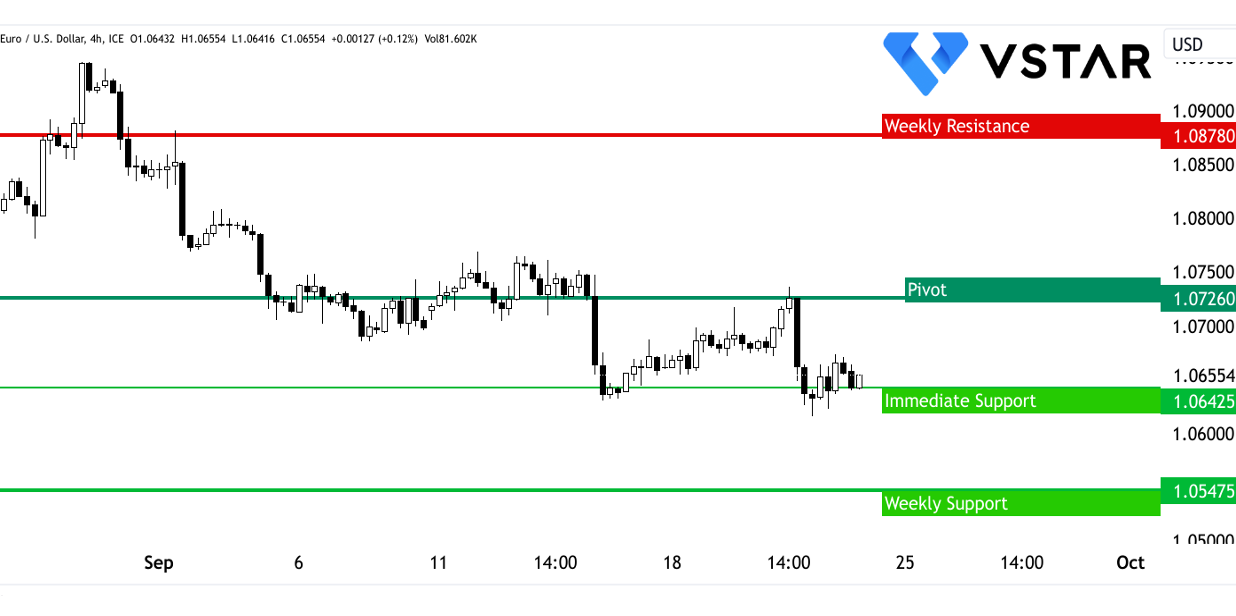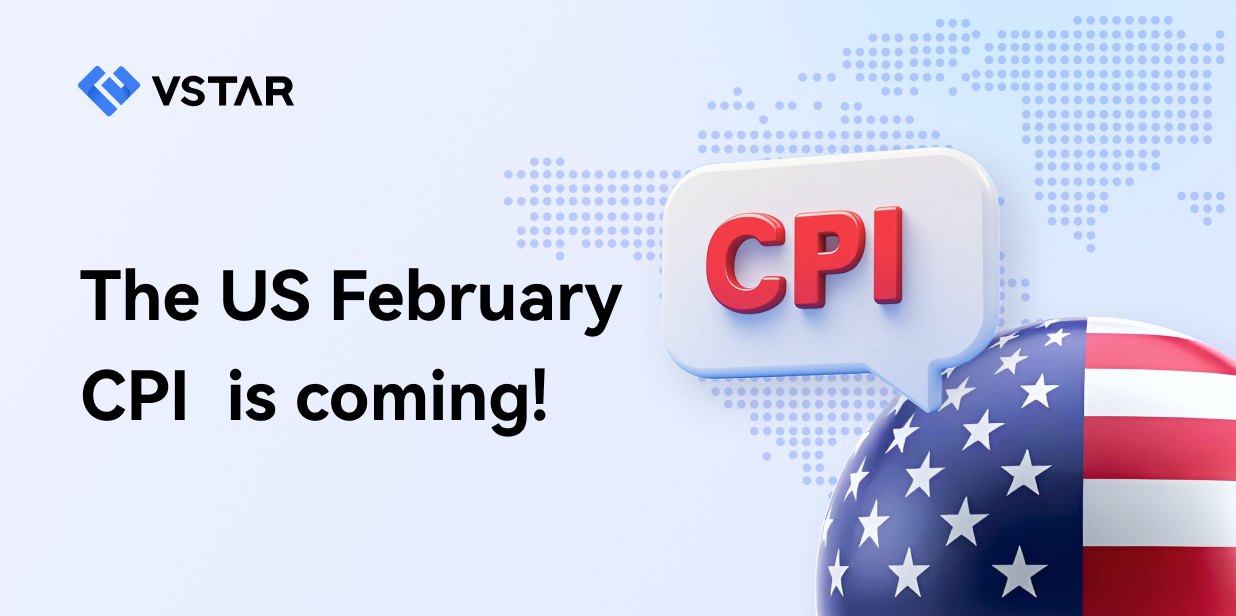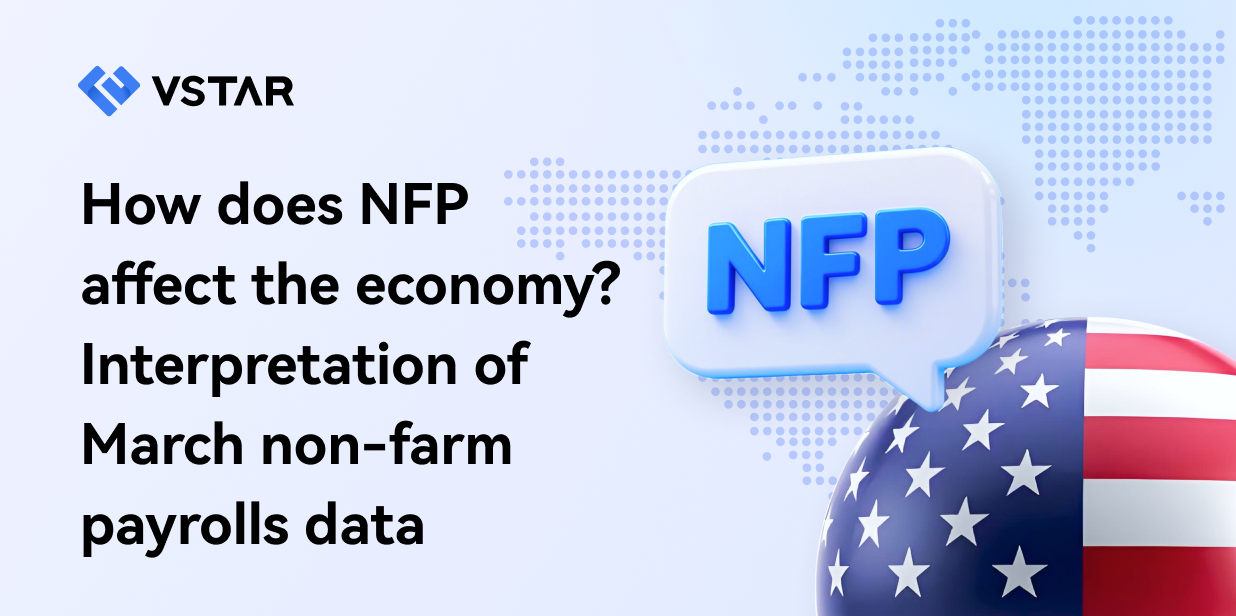Analyzing the Impact of Fed's Rate Decision and Numerical Shifts on the EUR USD Exchange Rate
The recent Federal Open Market Committee (FOMC) decision to maintain interest rates at 5.5% while hinting at a potential rate hike in 2023 has sent shockwaves through the currency markets, notably affecting the EUR/USD pair. This analysis explores in detail the specific and numerical factors contributing to the impact on EURUSD.
FOMC's Hawkish Pivot
The FOMC's decision to keep interest rates unchanged at 5.5% was widely anticipated. However, it was the underlying messaging that caught the attention of traders. The FOMC's shift towards a more hawkish stance, signaling the possibility of another rate hike in 2023, has driven substantial movements in the US dollar (USD), and consequently, the EUR USD pair.
Numerical Anchors
To comprehend the impact fully, it is crucial to consider the specific numerical values and projections provided by the FOMC:
Fed Funds Rate: The FOMC's decision to retain the fed funds rate at 5.25%-5.5% serves as a numerical anchor. This rate range influences the cost of borrowing, investment decisions, and currency valuations. The decision to keep rates steady underscores the FOMC's confidence in the current interest rate environment.
Rate Cut Projections: One of the most significant numerical changes was revealed in the Summary of Economic Projections. The FOMC now anticipates 50 basis points fewer rate cuts in 2024 compared to their projections released in June. This implies a more hawkish stance, with the funds rate potentially reaching 5.1% by the end of 2024. These numerical values indicate a "higher for longer" approach to interest rates.
Immediate Market Reaction
The market's reaction to the FOMC's decision has been pronounced, particularly in the EUR USD pair:
USD Strength: The USD exhibited immediate strength across various currency pairs, including the EUR USD. The prospect of higher interest rates in the US has attracted investors seeking higher yields, leading to capital flows into the USD. This USD strength contributed to a decline in the EUR USD exchange rate.
Numerical Decline: The observed decline in EUR USD is noteworthy. This decline indicates a shift in trader sentiment towards the USD, reflecting the impact of the FOMC's hawkish stance.
Longer-Term Implications
The FOMC's pivot towards a more hawkish stance has significant longer-term implications for EUR USD:
US Economic Performance: The FOMC's decision to label the US economic assessment as "solid" instead of "moderate" reflects their confidence in the strength of the US economy. These numerical assessments highlight the robustness of the US economy, which could continue to attract investment, potentially pressuring the EUR USD pair further.
Reduced Rate Cut Expectations: The numerical reduction in rate cut projections for 2024 signals the FOMC's belief in sustaining higher interest rates for a more extended period. This "higher for longer" approach could result in a wider interest rate differential between the US and the Eurozone, making USD-denominated assets more attractive to investors.
Market Volatility: The FOMC's hawkish pivot has introduced uncertainty and heightened volatility in currency markets. As traders adjust their expectations and positions, EUR/USD is likely to experience increased fluctuations, impacting specific numerical values of the exchange rate.
The technical perspective on the weekly moves of EURUSD can be comprehended as follows:

Data source: tradingview.com
In conclusion, the FOMC's recent decision and messaging have had a tangible impact on EUR USD. The specific and numerical aspects of this impact include the FOMC's hawkish pivot, the numerical values associated with the fed funds rate and rate cut projections, and the immediate and longer-term consequences for the currency pair.




